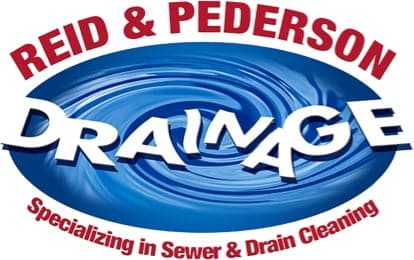A Drainage Minute: The Reid & Pederson Drainage Blog
How Sewer Rodding Works
When your sewer backs up, you need a quick and effective fix. Not only is a sewer backup unsanitary but it’s also pretty messy and can cause some pretty massive destruction, too. One of the best ways to prevent sewer backups in your home is by having your sewer rodded every year. Annual sewer rodding in Crete ensures a free flowing sewer by cutting out roots and other blockages in your line. But do you know how a sewer rodding machine actually works and why the size of the blade used is so important to achieving an effective rodding?
How Does a Sewer Rodding Machine Work?
Powered by electricity, a rodding machine consists of a long cable with very sharp cutter teeth at the end of it. When the flexible cable is inserted into your sewer line and the machine is turned on, these sharp blades spin rapidly. As the cable moves through your line, the blades cut through all blockages and debris in your line, breaking them up into small pieces and flushing them away to your city main.
Why Blade Size Matters When Rodding a Sewer
Most home sewer pipes are a certain size until they meet the city main whose pipes are usually larger in diameter. Roots that have grown in pipes will take up the entire diameter of the pipe. So using a two or three inch cutter blade on a four inch pipe, for example, will not guarantee an effective rodding. Using correctly-sized cutter blades that are appropriate for specific sized pipes will most always ensure an effective sewer rodding.
Your Local Sewer Rodding Pros
At Reid & Pederson, we use the largest, professional-grade blades whenever possible. Our technicians are trained to assess any drain or sewer problem and to use the best sized cutter blades to rod your sewer or unclog your drain pipes. Give us a call today!
